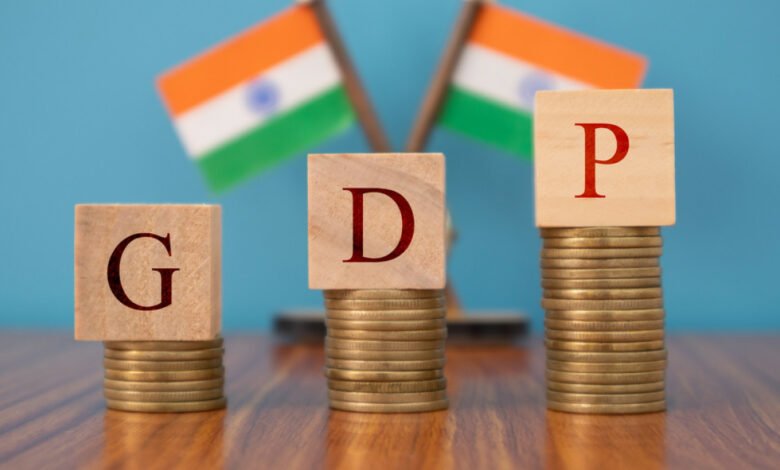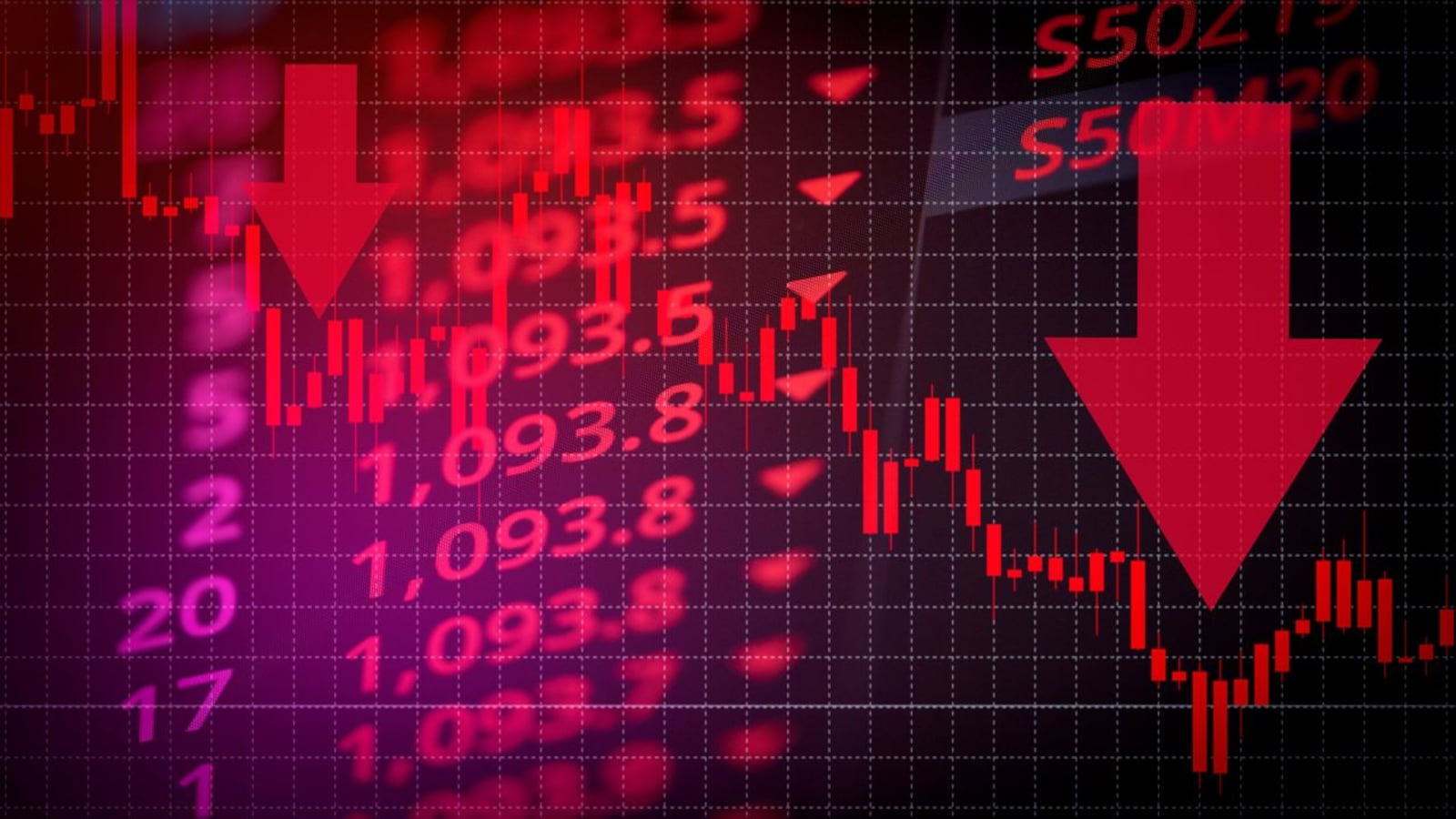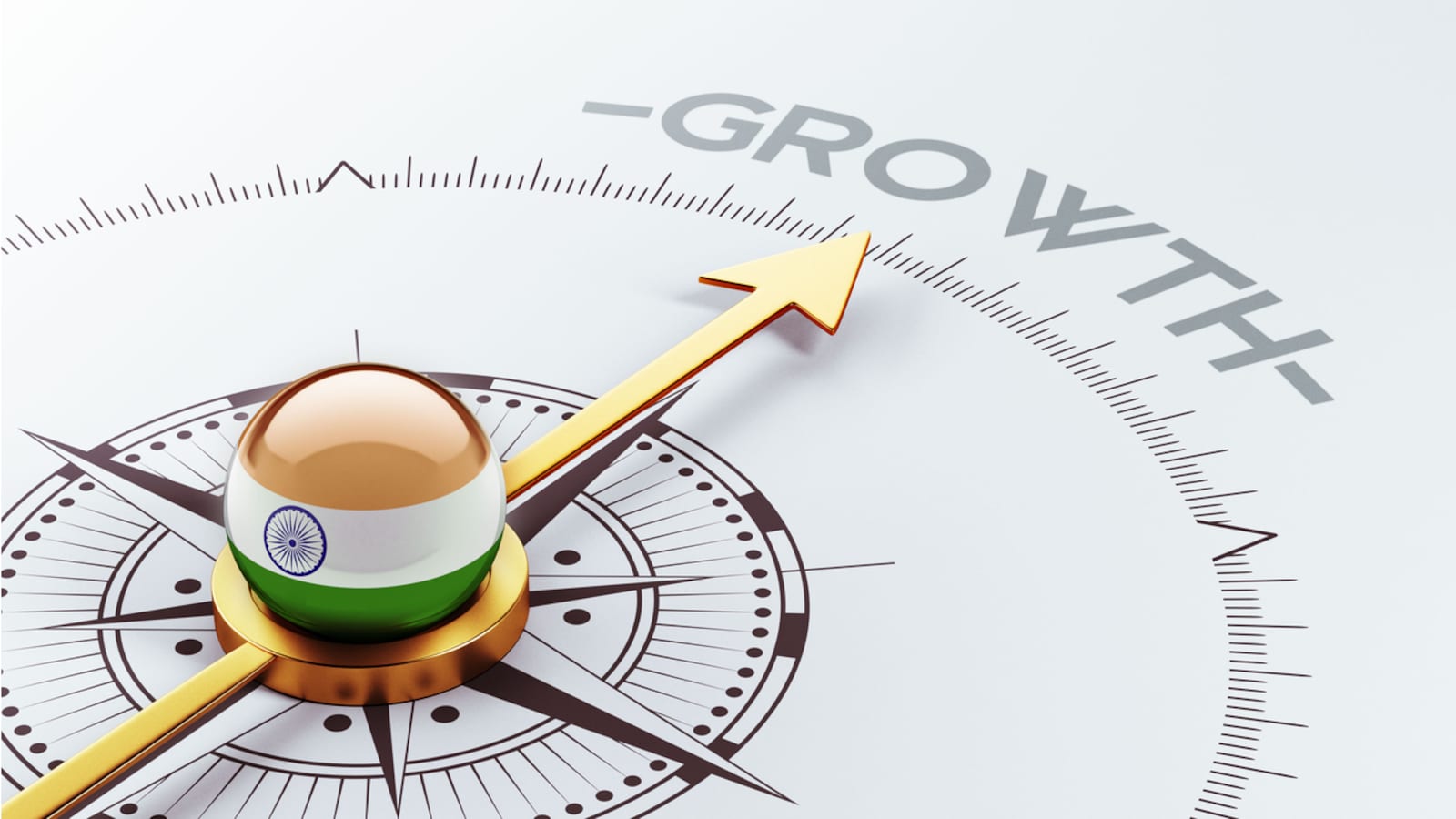Indian economy best to grow by 7-7.8 percent in FY23 despite global headwinds: Experts.

Indian economy best to grow by 7-7.8 percent in FY23 despite global headwinds: Experts.
According to a famous economist and vice-chancellor of the BR Ambedkar School of Economics (BASE), NR Bhanumurthy, the Indian economy is currently experiencing many external challenges.
According to Bhanumurthy, unlike developed economies, India’s Covid-19 stimulus metrics, particularly the tax policy interventions, are less inflationary and instead growth-enhancing. He noted that global inflation expectations and the Ukraine crisis had added risks to the economy, which is otherwise powerful with all domestic macro fundamentals being well managed.

News service PTI continued, “Despite global challenges, India should reach 7% GDP in the current year with better crop output and a revitalized rural economy.”
Another distinguished analyst and Institute for Studies in Industrial Development (ISID) director, Nagesh Kumar, stated that the high-frequency indicators point to a strong growth momentum extending through 2022–2033, with real GDP growth of roughly 7–7.8%.
According to French economist Guy Sorman, the high cost of fuel and fertilizer imports might have a significant negative impact on India. The social effects of slower growth will be mitigated by city employees returning to their village, though, because India is still predominantly an agricultural economy.
Sorman predicted that this might boost grain exports and agricultural output. In light of escalating inflation, hiccups in the supply chain, and geopolitical tensions tapering recovery, the World Bank has reduced India’s economic growth prediction for the current fiscal to 7.5%.
In contrast to a 6.6% contraction the year before, India’s GDP expanded by 8.7% in the most recent fiscal year (2021–2022).
 The Indian economy is anticipated to expand by 7.5% this year: Modi
The Indian economy is anticipated to expand by 7.5% this year: Modi
The Indian economy is anticipated to increase by 7.5 percent this year, making it the major economy with the quickest growth rate, according to Prime Minister Narendra Modi’s earlier statement on Wednesday.
He emphasized the expansion of India’s digitalization, claiming that it will reach $1 trillion in value by 2025 and that the administration is encouraging innovation across all industries. In light of escalating inflation, hiccups in the supply chain, and geopolitical concerns tapering recovery, the World Bank has reduced India’s economic growth prediction for the current fiscal year to 7.5 percent.
The nation’s GDP expanded by 8.7 percent in the most recent fiscal year (2021–2022) after contracting by 6.6 percent the year before. The Reserve Bank of India maintained its GDP growth prediction of 7.2 percent for the current fiscal year in its third fiscal policy of FY23. Still, it issued a warning against the negative effects of regional tensions and a downturn in the global economy.

Regarding high inflation, Bhanumurthy noted that CPI inflation reached in March 2022 and that fuel costs have played a significant role in the CPI inflation over the past three months.
He added that recent policy changes, such as the elimination of fuel taxes and an increase in policy rates, should smooth out inflation and inflationary pressures in the upcoming quarters. “Delayed transfer of domestic fuel prices and increase in global fuel and other commodities prices would seem to have led to a lot quicker Inflationary pressure,” he said.
India’s retail inflation decreased to 7.04 percent last month, primarily due to falling food and gasoline costs as the government and RBI intervened to rein in spiraling price increases through duty reductions and repo rate increases.
However, for the sixth consecutive month, the inflation print was above the central bank’s upper tolerance range of 6%. As the CPI levels are high, Kumar pointed out that the international headwinds of higher oil prices do represent adverse concerns for the Indian economic prospects. However, Kumar said, “Given that the growth momentum is pretty robust, I do not believe that India is headed towards stagflation.”
Sorman contends that excessive government spending (which is largely justified to make up for Covid-19) and low-interest rates are the root causes of inflation, which has now spread to every country in the world.

“Everywhere, the financial bubble is popping. India is not an exception, “added he. Retail inflation decreased to 7.04 percent in May, primarily due to falling food and gasoline costs as the administration and RBI intervened to rein in spiraling price increases through duty reductions and repo rate increases.
However, the inflation print for the sixth consecutive month was higher than the Reserve Bank of India‘s (RBI) upper tolerance target of 6%. When asked if India’s economy is doing better than it was eight years ago, Sorman responded that Narendra Modi was chosen as prime minister to combat public corruption and boost the economy.
“Of course, Modi has partially achieved his goals. The majority of Indians are doing better than they had been eight years ago, “added he.
In New Delhi: According to preliminary estimates issued by the National Statistics Office, the Government of India lowered its GDP (gross national product) growth prediction for 2021–22 to 8.7%, down from its previous estimate of 8.9%. (NSO).
Absolute GDP growth in 2021–22 was 1.5% greater than the year before the pandemic, demonstrating that the industry has recovered from the losses sustained during Covid. The government predicted that the economy would expand by 9.2% in 2021–2022 in its first advanced projections, which were published in January.
Economic difficulties brought on by the third wave of the Covid-19 outbreak and an increase in inflation brought on by the conflict between Russia and Ukraine are two factors that could have caused this reduction in predicted growth.

In addition, the government’s statistics office forecasts a staggering nominal GDP growth rate of 19.5% for 2021–2022—up slightly from the preceding projection of 19.4%. Real GDP accounts for inflation or a rise in prices over the preceding year, whereas nominal GDP is calculated using current prices.
The administration’s budget deficit as a percentage of GDP in 2021–2022 has been reduced thanks to the abrupt upward adjustment in nominal GDP.
If the latter is higher than the former, the difference between government revenue and expenditures is known as the fiscal deficit. Compared to the adjusted target of Rs. 15.9 lakh crore, or 6.9% of GDP, the budget deficit for 2021–22 came in at Rs. 15.87 lakh crore, or 6.7% of GDP.
Chief Economic Adviser V. Anantha Nageswaran responded to the GDP growth estimates by telling the media that “the Indian economy solidified its recovery in 2021-22 with most components exceeding the pre-pandemic levels.”
However, he continued, “GDP growth in 2022–23 is confronted with global challenges such as high global commodity prices with major import dependency, tightening monetary policies in most nations, supply chain bottlenecks, and likely global depression with impact on exports growth in India.”
India’s GDP Growth rate will be the quickest in the present series, which spans 17 years, even at a rate of 8.7%. Data before 2005 cannot be compared to the present series since, in 2015, the definition and methodology of GDP were altered to incorporate gross value (GVA).
Edited by Prakriti Arora




